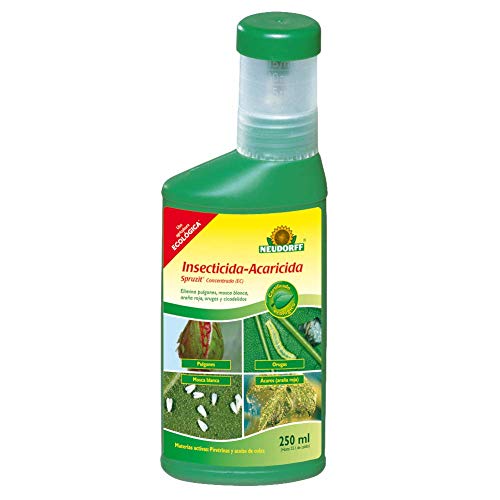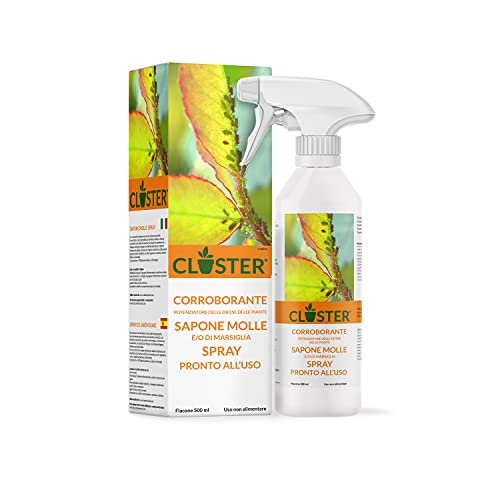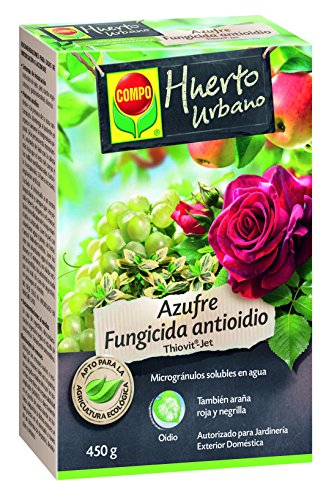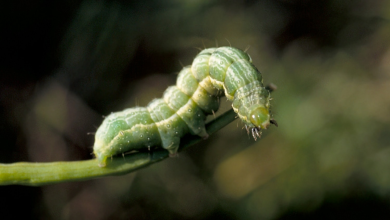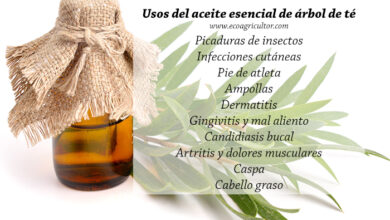Ficus Benjamina Pests and Diseases: How to Identify and Treat Them
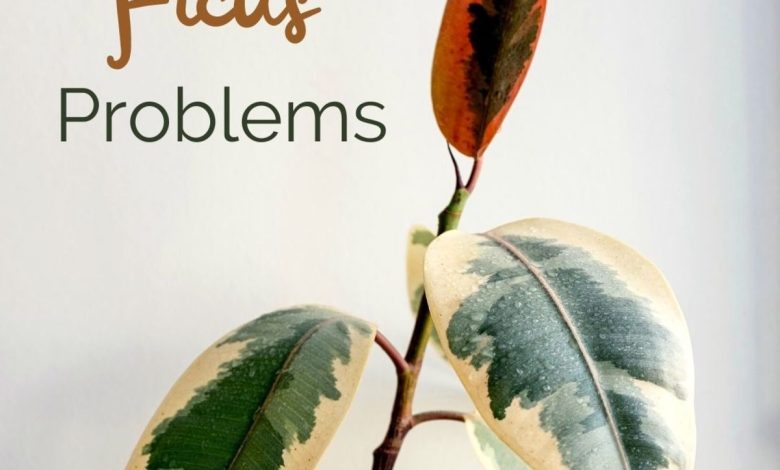
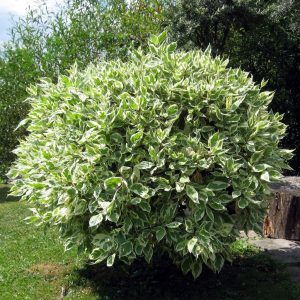 One of the easiest plants to care for that exist in this agricultural world is the ficus benjamina.
One of the easiest plants to care for that exist in this agricultural world is the ficus benjamina.
It is undemanding and has a high level of resistance to the different eventualities that may occur. This includes, of course, ficus benjamina pests and diseases.
But since we do not want you to run any kind of risk that could put the plant in danger, we have prepared the following information that will surely be very useful to you.
Will you join us to review it?
Red spider
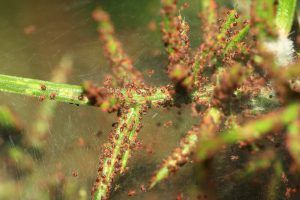
One of the most annoying visitors that usually arrive during hot and dry weather . Yes, those days when the humidity is very, very low.
The name of spider already leaves us with a reference that it is a variety that is recognized for weaving a kind of silk on the surface of the plant. Also, it is reddish brown in color.
The silk that is created in the structure of the plant causes a negative impact at the energy level, progressively weakening it. They also bite the leaves, causing the appearance of small yellow dots that later occupy their entire length until they end up falling.
This yellow symptomatology can help you detect it, since they are usually located on the underside of them and although they are small, they can be noticed. Although the plant does continue with the development of new leaves, it does so more slowly and these appear lifeless, without the characteristic shine.
You can attack the red spider by spraying the ficus with running water daily, so that you increase the humidity of the environment. If it’s a sapling or bonsai tree, setting up a container of water near it will also help.
In most cases, this simple action is enough to make them disappear. If not, bet on an insecticide according to the case.
aphids
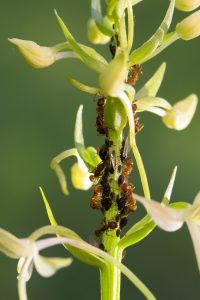 It is one of the most frequent pests, not only in the ficus, but in almost any type of plant. However, that does not mean that they are easy to treat.
It is one of the most frequent pests, not only in the ficus, but in almost any type of plant. However, that does not mean that they are easy to treat.
Aphids love plant environments that are warm and humid, establishing themselves happily.
They consume the sap of the plants, so they subtract energy in the first instance. But they also create a molasses that they leave behind.
This molasses becomes attractive to the ants and can lead to the sooty mold fungus , further complicating the situation.
Aphids hide in colonies on the back of leaves where you can see the little black dots. To combat a small-scale attack, all you have to do is clean the affected leaves of your ficus with water and potassium soap. If it is a large tree, you can work it with irrigation.
In case it is a stronger attack, you will need a miticide that you will have to apply according to the exact recommendations given by the manufacturer so that no other damage occurs.
neck gall
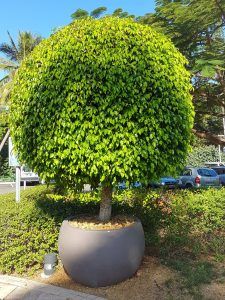
It is a ficus disease that is very rare, but it is fatal so it is worth knowing about it yes or yes.
It is a fungus that creates a series of tumors in the roots, projecting damage to the superficial parts progressively (sometimes quite quickly).
In order for it to appear, it is necessary that the substrate is very waterlogged for a reasonable time and that the area of the base of the plant also has a wound through which to penetrate.
As there is no cure, specialists recommend discarding the tree and cleaning up the area before planting another one.
However, there have been cases in which the ficus remains alive for up to 3 years, showing an increasingly evident thickening of the neck.
Black spots on the leaves
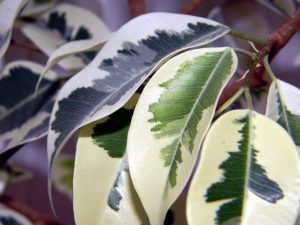 There are many fungi that have the possibility that their symptoms include black spots on the leaves of the ficus.
There are many fungi that have the possibility that their symptoms include black spots on the leaves of the ficus.
Just to mention one, you have Altemaria. This is a disease that develops with high environmental humidity and warm temperatures, between spring and summer.
Black spots kill the vitality of the ficus and reduce its energy capacity to develop new shoots.
Early detection of the disease and application of an approved fungicide is necessary to reduce the negative impact and eliminate the fungus.
It is also necessary to cut the affected leaves and burn them to reduce the spread. It is important that the leaves are not left to compost, for example.
anthracnose
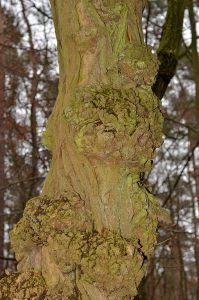 If you thought that the topic of fungal diseases was complete, we are sorry to tell you that it is not.
If you thought that the topic of fungal diseases was complete, we are sorry to tell you that it is not.
Anthracnose causes a series of brownish rust-like spots, usually on the tip area.Stems are also affected with wrinkled cankers that appear domed.
It is essential to prune the affected parts, taking care that all the implements are disinfected before and after proceeding with the procedure.
These remains must be burned and cleaned very well at the base of the tree to prevent any infected leaves from remaining there. In addition, it is necessary to protect the wounds that are left to prevent the fungus from remaining dormant.
Then, it is necessary to apply a broad-spectrum fungicide that helps fight the fungus internally and restore the ficus to health. The resistance of the ficus to all these pests and diseases can be enhanced by giving it the ideal conditions for it to prosper.
This includes a space with good lighting, where adequate airflow is maintained and, if indoors, avoiding sources of hot or cold air, such as air conditioners or heaters.
Another important point is to work the irrigation with a system that is appropriate for the conditions of your plant, so that it is sufficient and not excessive.
Timely fertilizations will not only give the tree vigor, but will also be an important support point for it to be able to face any attack.
Bibliographic references
- Record of the Ficus whitefly, Singhiella simplex (Singh, 1931)(Hemiptera: Aleyrodidae) in Mexico, P González-Julián, VE Carapia-Ruiz… – Entomología…, 2013 – entomologia.socmexent.org
- Inventory of the entomofauna associated with Ficus benjamina L. and Ficus microcarpa Lf (urticales: moraceae) in the province of Lima, JL Macedo Alarcón – 2015 – repository.uncp.edu.pe
- Gall anatomy in Ficus benjamina (Moraceae) associated with “thrips” (Tubulifera: Phlaeothripidae), AP Retana-Salazar, E Sánchez-Chacón – Revista de Biología Tropical, 2009 – scielo.sa.cr
- Forest pests and diseases in Costa Rica, MA Gamboa – Kurú Mesoamerican Forest Magazine, 2007 – dialnet.unirioja.es
Maybe you are also interested in:

